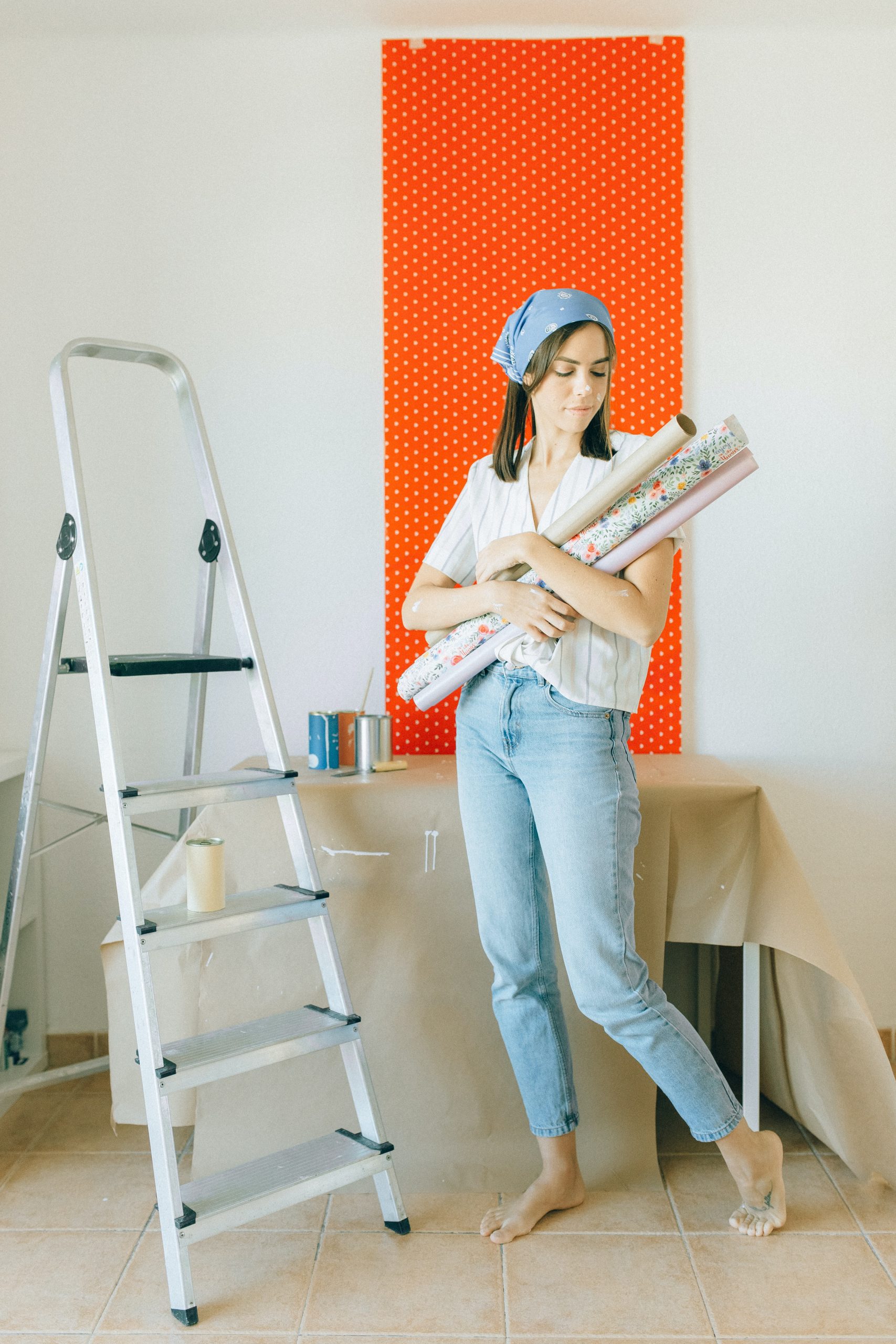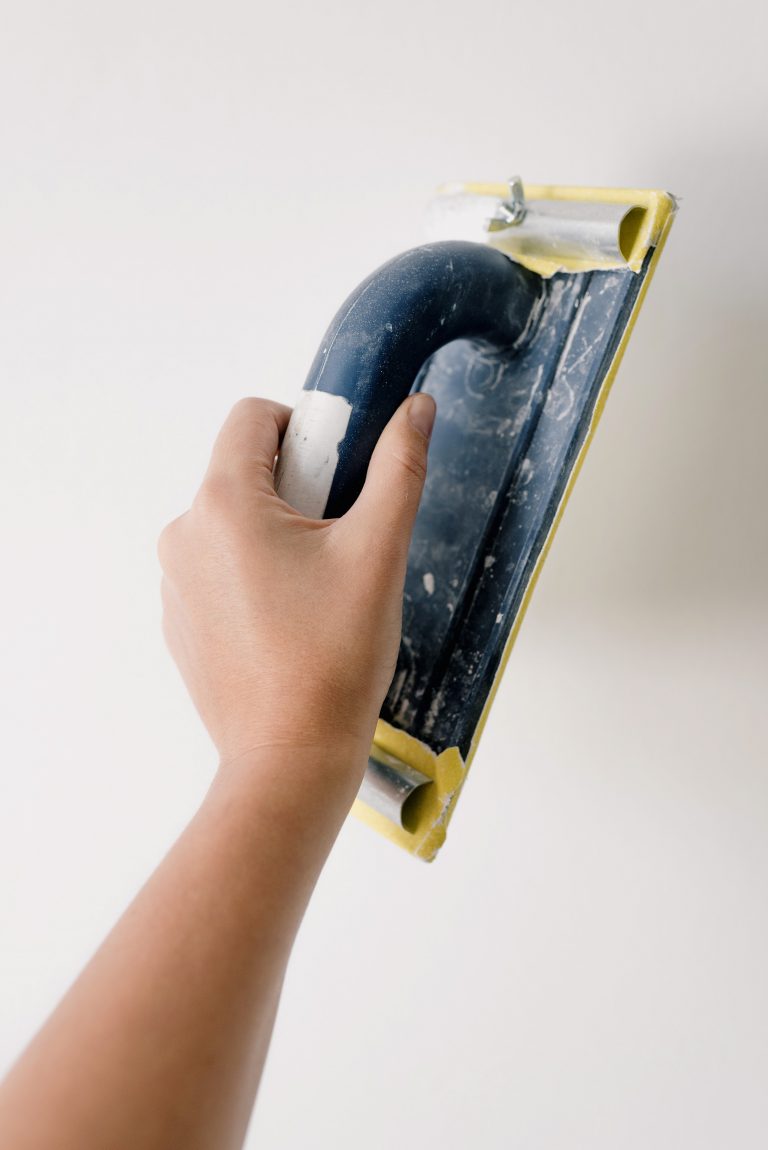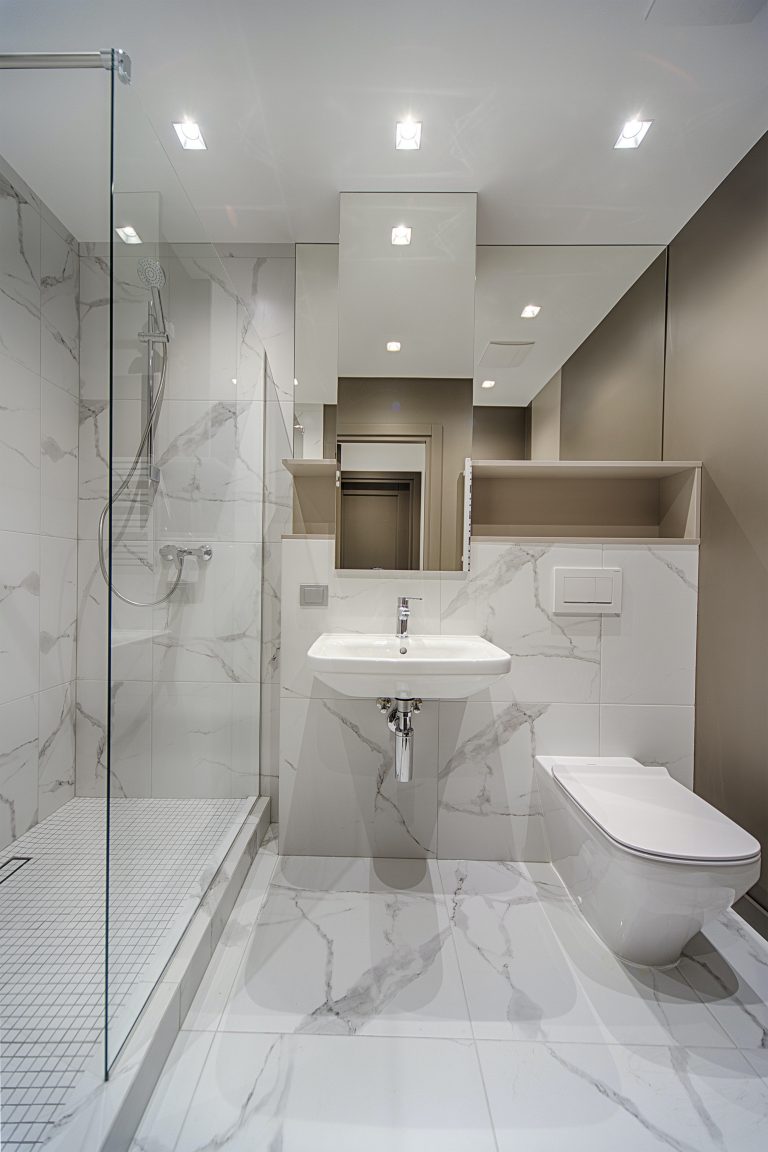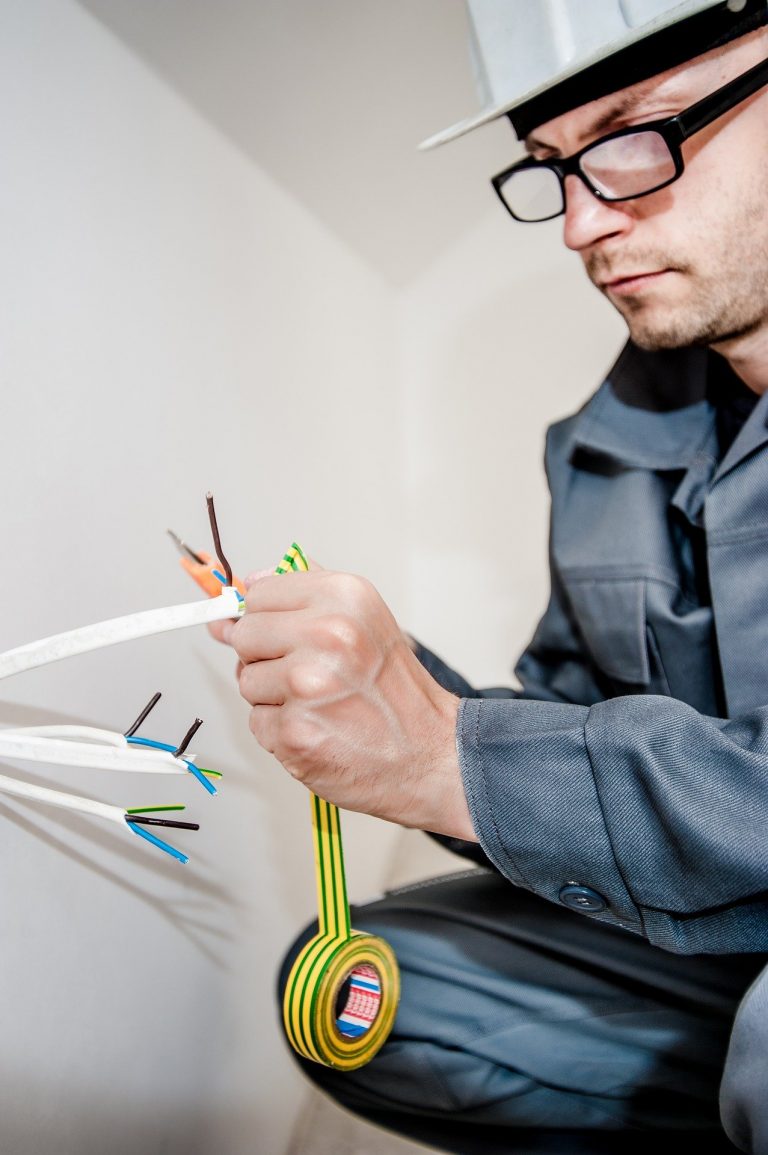Wallpaper is a popular way to add character to any room in your home. There are so many different colours, styles, patterns, textures and effects that you can really bring out your own sense of style and create any aesthetic. But many people don’t no how to hang wallpaper.
One of the main stumbling blocks, quote often is how to hang wallpaper, as there are a few steps to it and it takes a good bit of precision to ensure it lines up properly. Not only that, but there are different methods and types to choose from, which can confuse people.
So here we are going to go through the main steps to simplify it so your able to be putting up wallpaper in your home all by yourself.
Why choose wallpaper?
There are two main options for decorating the walls of your home; you can either go with paint or you can hang up wallpaper on your walls. Paint is a popular choice and often a much simpler choice, but this means on most occasions you’ll be choosing a single, solid colour for each wall unless your very artistic. This is fine, but wallpaper gives you a lot more freedom.
With wallpaper you can find many options available with solid colours, but more of them for greater effect. You can also get tones that shift, allowing you to add a different look consistently. There are patterns and textures and effects to consider, too. There are more options with wallpaper that can let you really express your style.
A step-by-step guide on how to hang wallpaper
How to hang pre-pasted wallpaper
Some types of wallpaper are pre-pasted, meaning you don’t have to do anything with the paper itself as it’s already at its maximum size. You’ll apply the paste directly to the wall instead.
-
Cover a section of your wall with the adhesive paste using a standard paint roller.
-
Pick your piece of newspaper and unroll it from the top corner of the wall you’re working on downwards. This corner is identified the same way as from the previous step.
-
Smooth out any air bubbles and bumps with a wallpaper brush.
-
Once everything is smooth and you’re at the skirting board, cut the excess with wallpaper scissors and press to the wall.
-
Repeat for each next section, aligning the pattern as works best for the design and with your materials.
And that’s it for our How to Hang Wallpaper guide! You should now feel confident and ready to hang your wallpaper alone. Take a look through our great wallpaper range if you haven’t already picked out your next design.
How to prepare traditional wallpaper
Old-style wallpaper needs to have paste applied before it will stick to the wall. This can be messy and you will need a flat surface to work on – the bigger the better. To get started:
-
Lie your wallpaper, pattern-side down, on the dry surface you’re using. A table or large workbench works best for this.
-
Apply paste with pasting brush in up and down motions across the length of the wallpaper to spread a thin layer of the adhesive. Never work from the edge to the centre.
-
The paste will need a little time to soak, as it will expand the wallpaper to its maximum size. The amount of time needed will be in the product guidelines.
Once the paste is ready you can get set for hanging the wallpaper. The pieces might be long and require some space or help from another person. If you need more room, you can gently fold the paper in half – but don’t crease it – which can make it easier to move around and hang.
How to hang wallpaper
Once the wallpaper is prepared, you can move on to hanging it:
-
Begin at one of the top corners of the wall, closest to a window where possible, so the edges of the wallpaper don’t cast a shadow if they overlap. If your wall is opposite the window, look at the angle of the sun to help you find out which side to start from.
-
This starting point should also be where you can get a clear, full-length cut of wallpaper that runs from ceiling to skirting board. No doors, frames, electrical sockets or similar should be in this area.
-
If there’s a chimney or outcrop that’s going to act as a focal point for the room, begin here as you’ll want to arrange your pattern or design where it’s obvious.
-
Work from this stage, aligning the pattern or design as best fits with the cuts and material you have.



